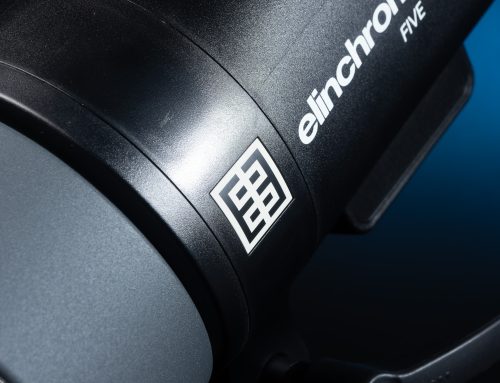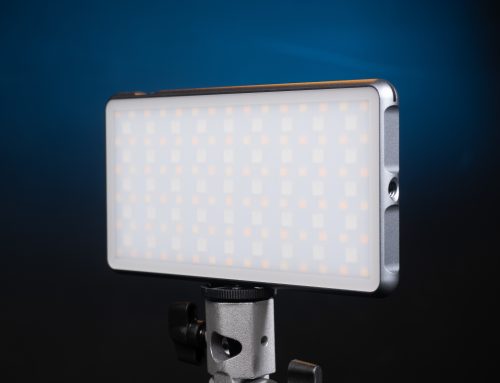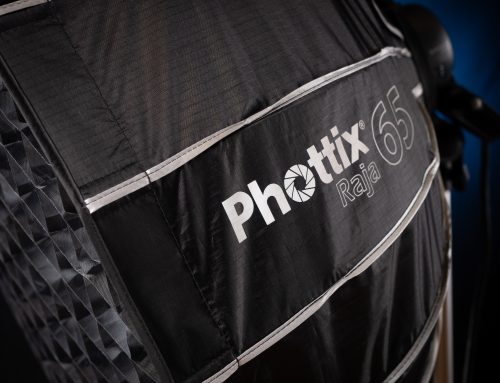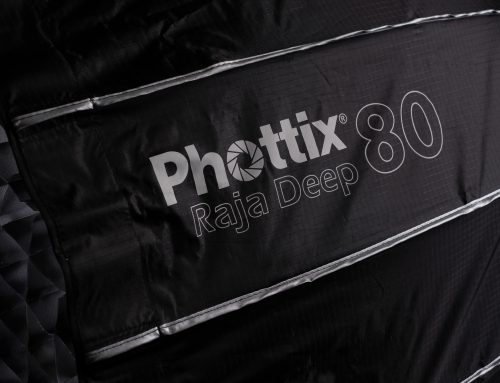Review Elinchrom One
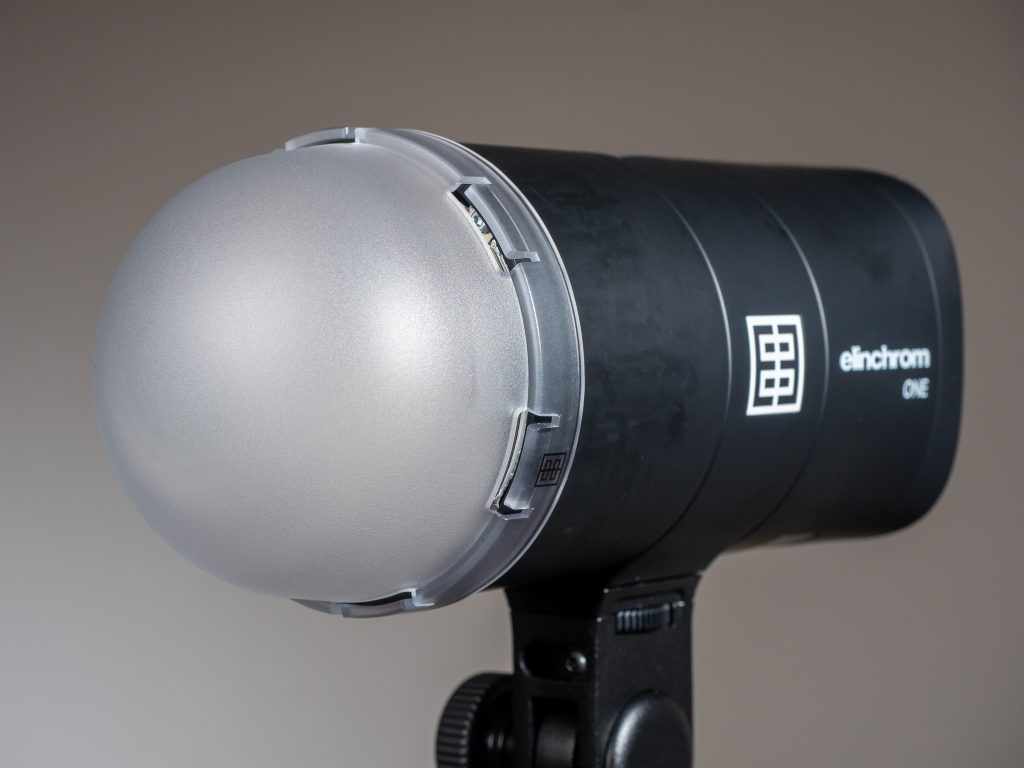
The Elinchrom One. 131Ws in a small, and rather aesthetically pleasing little unit. But is that all there is to it? I mean, 131Ws? It doesn’t seem like an awful lot of power to me. I photograph cars, food and all sorts of stuff, and I tend to need more than 131Ws.
As with any equipment I’m asked to review, I make use of it in real life scenarios. Otherwise known as client shoots. This means I get a really good, “hands on” experience before I start looking at the specs and manufacturer’s blurb. Basically, jump in and see.
I’ve now used these lights on a number of shoots, including food, automotive and dance. This article is the formal review and summary. And if you’ve read the previous blogs on their use in the run up to this article, and now sat there thinking I’ve already made my mind up with regards to the first paragraph, I have a further little surprise for you. It certainly got me excited.
So, the Elinchrom Ones arrived as a Dual Kit. What I hadn’t realised, was the kit came complete with a case. Now, when I’ve purchased dual kits before, such as the ELB500, they also came with a case, which was the ProTec Location bag. Basically a large case with a handle and shoulder strap. Great bags, but a little cumbersome and heavy if you have two sets of ELB500s in there, and have to carry them any real distance.
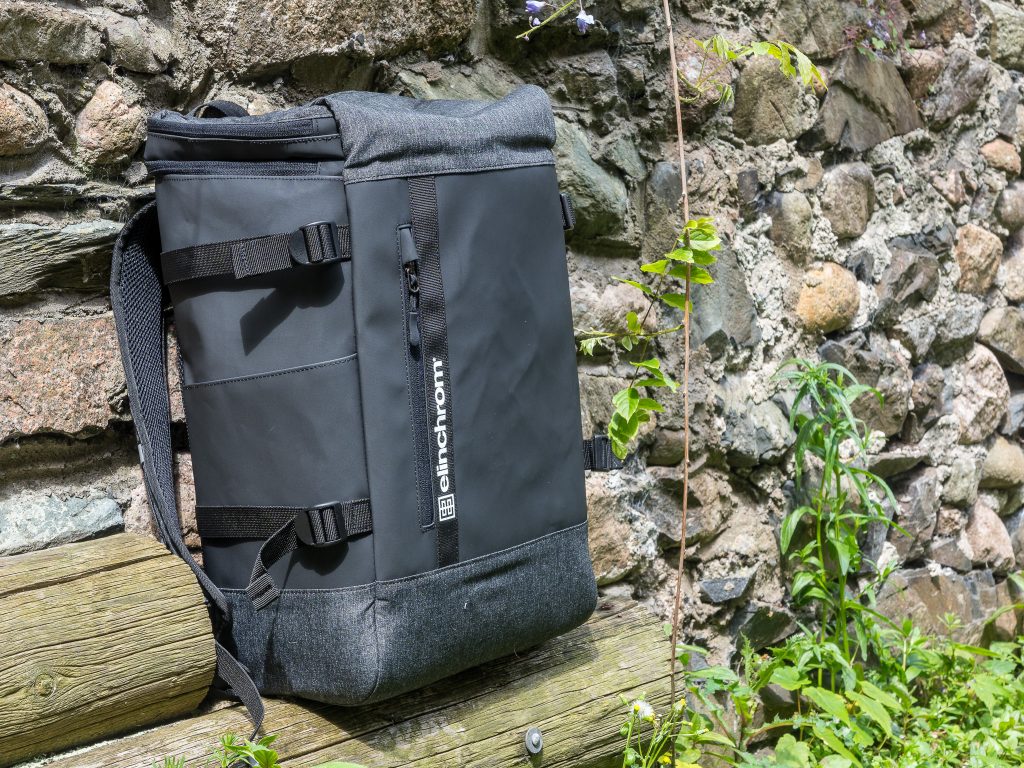
The One Dual Kit comes with a rather nice, and very applicable backpack. Bearing in mind these lights are designed to go places, what better way to get them there! Most of my location work tends to be accessible by car, so my ELB500s in their ProTec Location bag didn’t really throw up any kind of issue. Well, not until my wife, Helen started her location work with dancers, and we were having to drag kit into all sorts of strange, and inaccessible places. Having the lights in a backpack suddenly opened up all sorts of possibilities we had previously ruled out, due to the distance required to walk there with the kit.
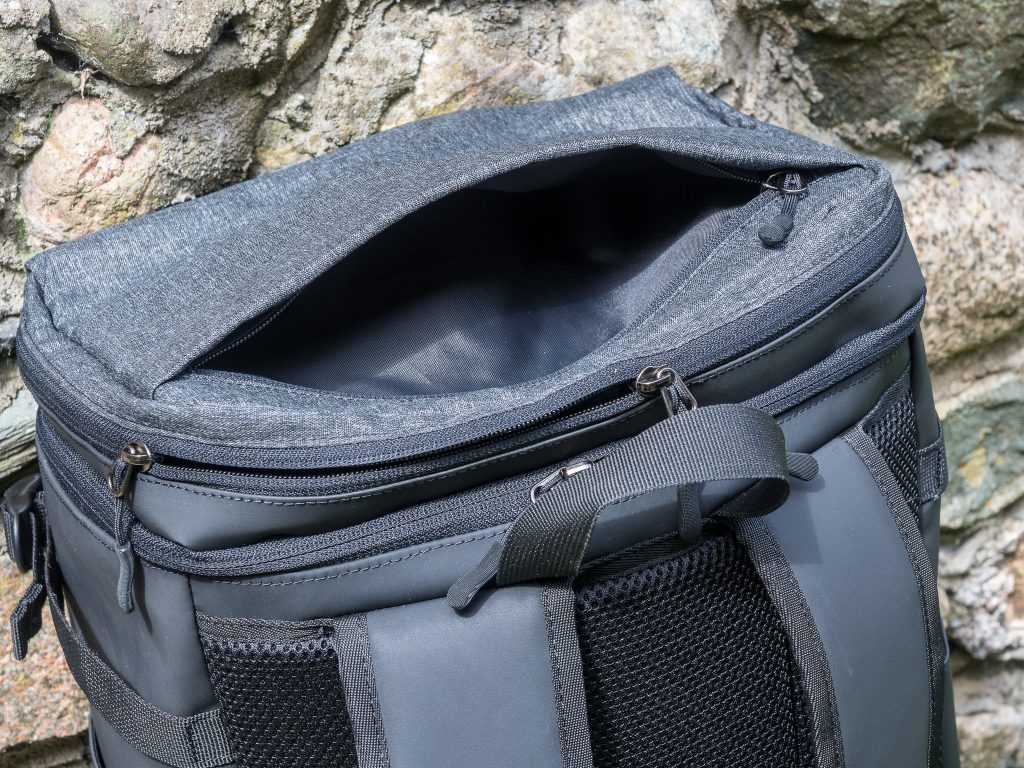
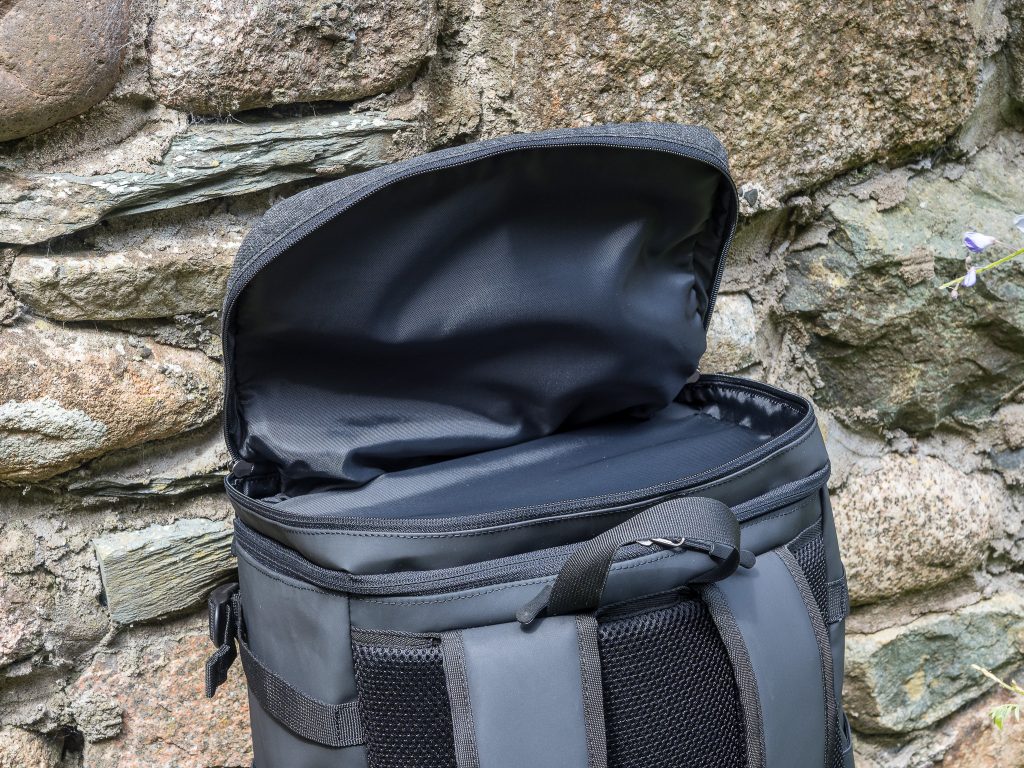
The backpack itself is full of extra pockets and storage areas, and can take a laptop or tablet too. The interesting thing is, the lights are also within another case that slips within the main compartment of the backpack. And then the lights have a protective bag each.
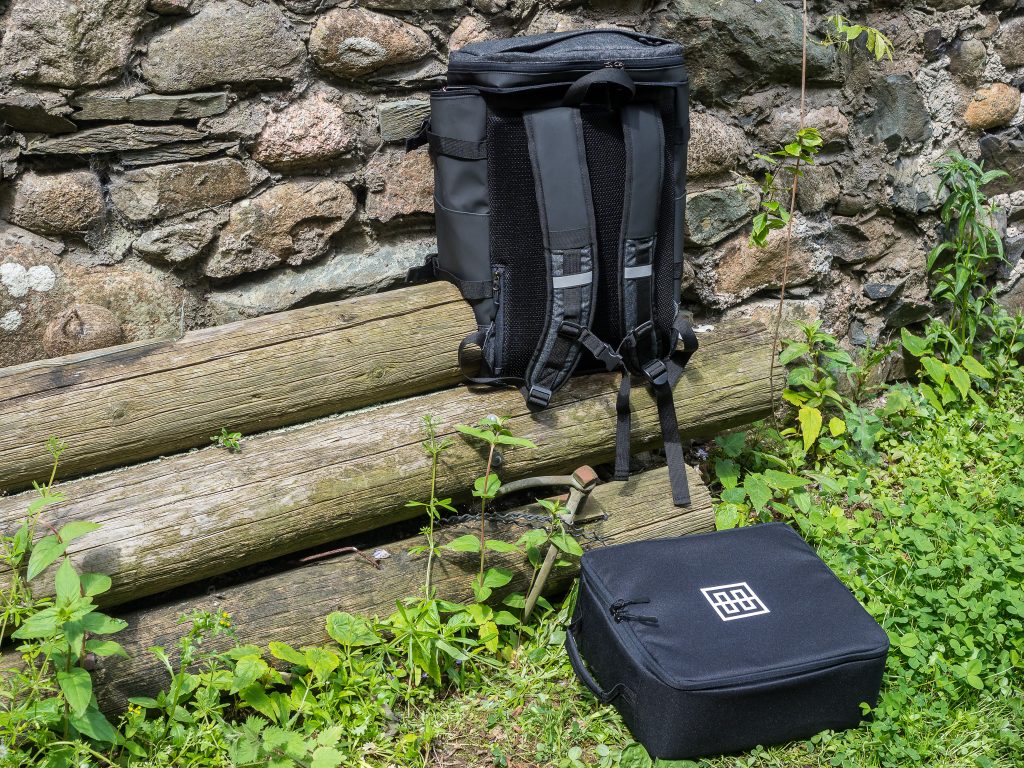
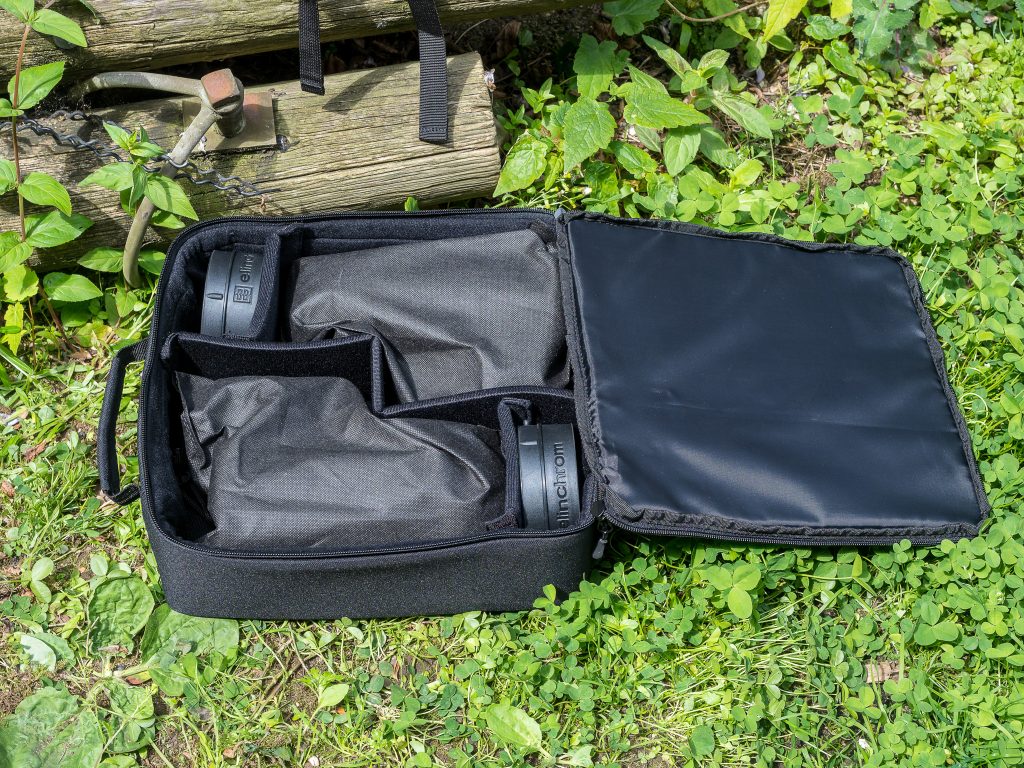
I think these are possibly the most protected lights I’ve ever come across. Definitely designed to go places!
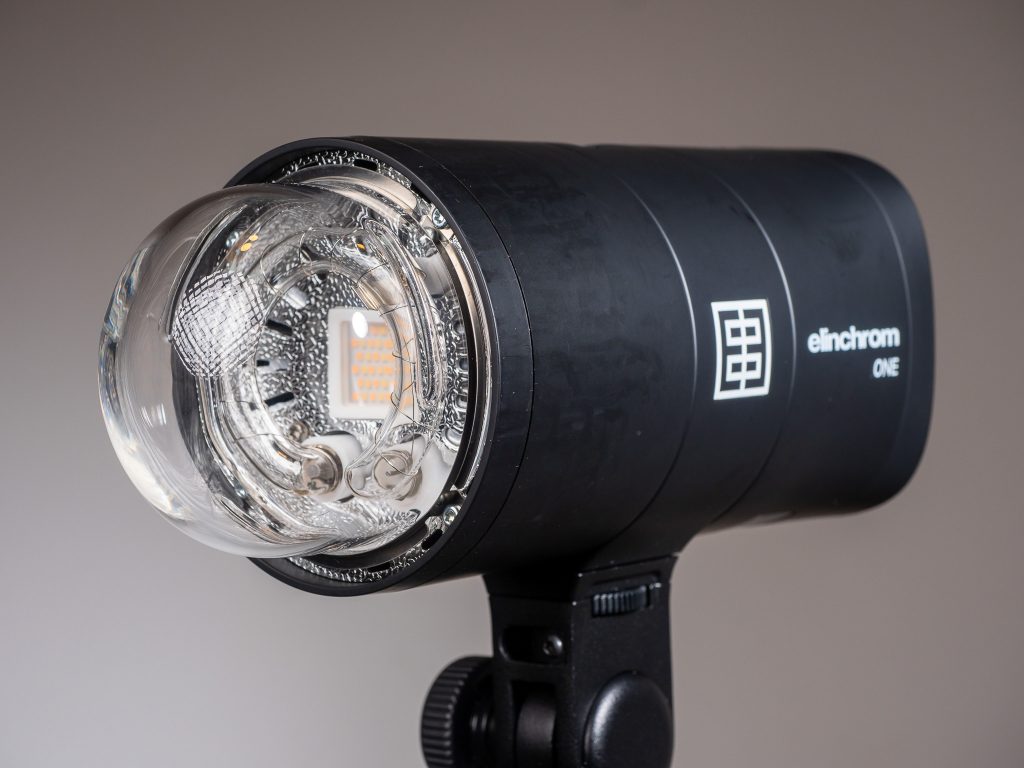
The heads seemed more substantial than I was expecting. To be honest, I think my expectations were based on the figure of 131Ws, and my interpretation as to where that sits amongst the scale of location lights available from various manufacturers.
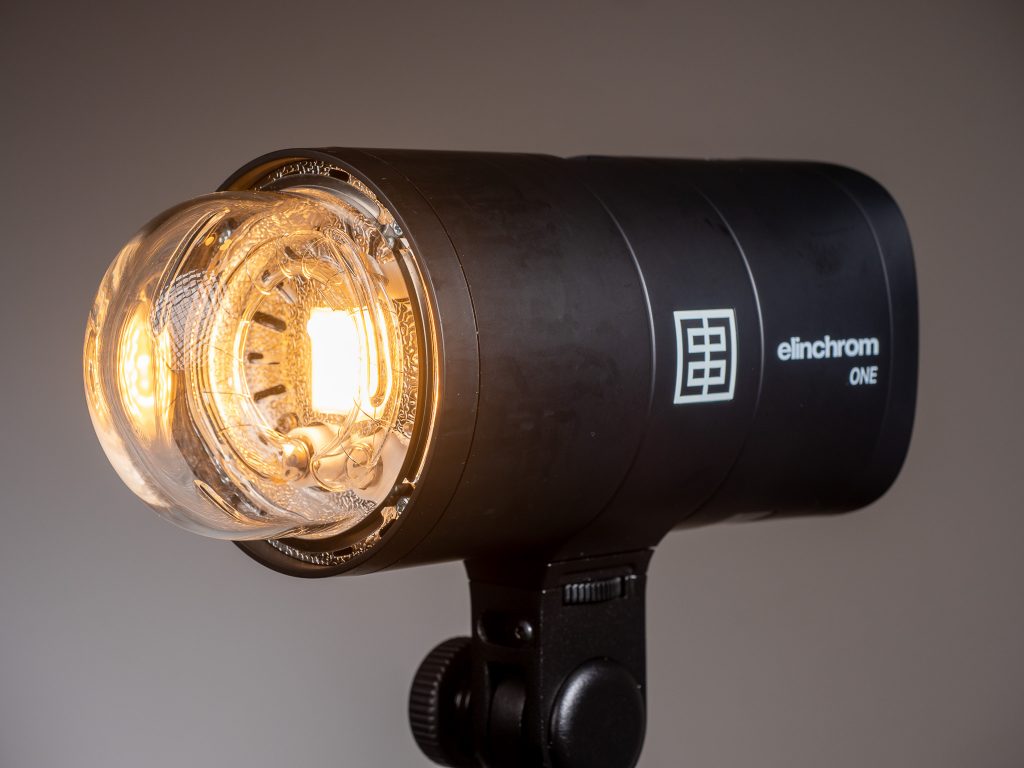
It certainly felt solid, and the clear glass dome is quite prominent, as is the fairly large LED array at the centre of the bulb. It’s 20w dimmable, equating to 120w (Bi-Colour LED, CRI 95, 3,000 Lumen).
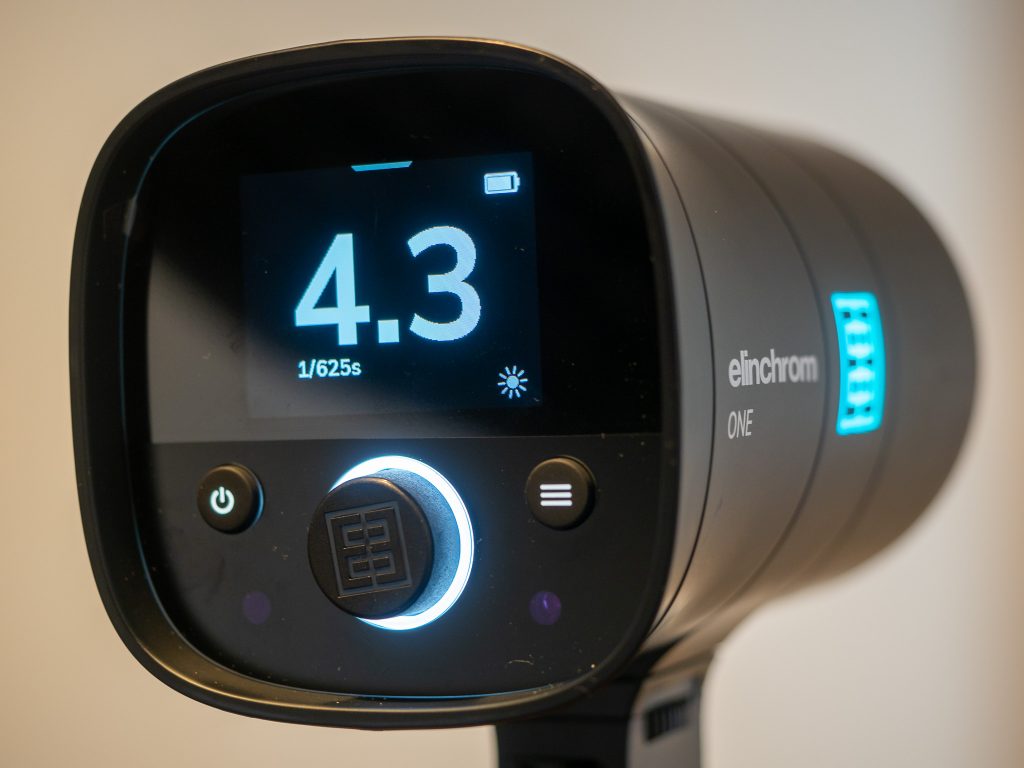
The display panel on the rear is nice and easy to read, even in sunlight, and you can choose to have a black or white background. The controls are quite minimalist, with only two buttons and a dial. Except the display panel is touch sensitive, and is incredibly easy to get to grips with.
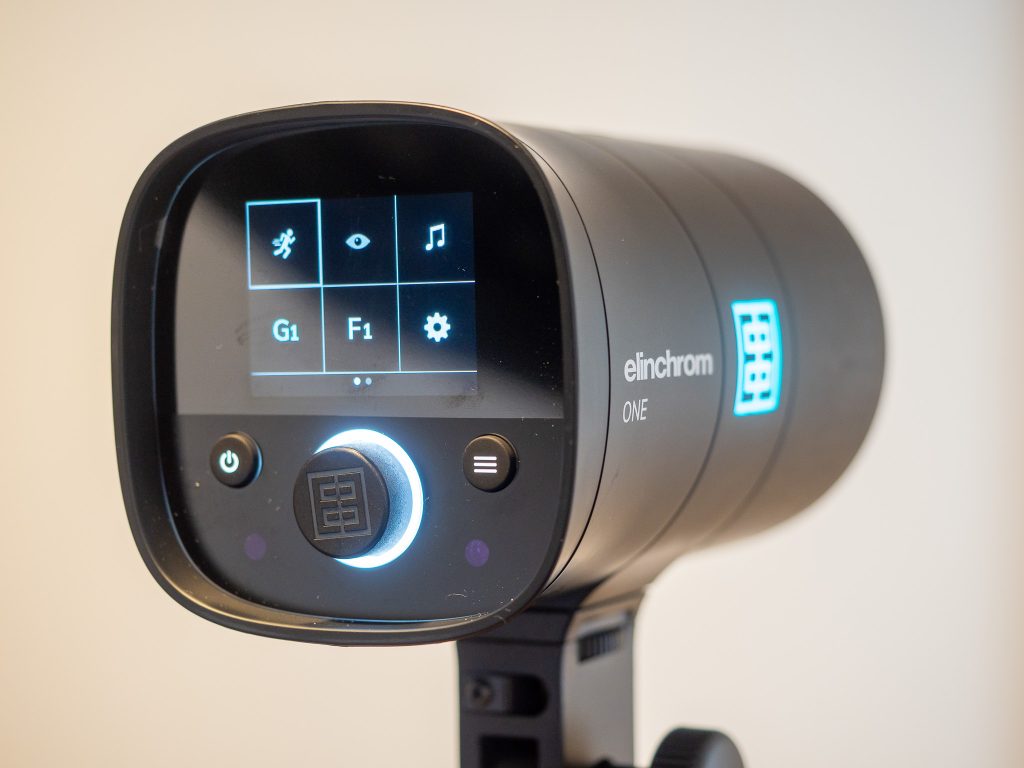
Pressing the menu button brings up the display, which can very easily be navigated via the touch screen.
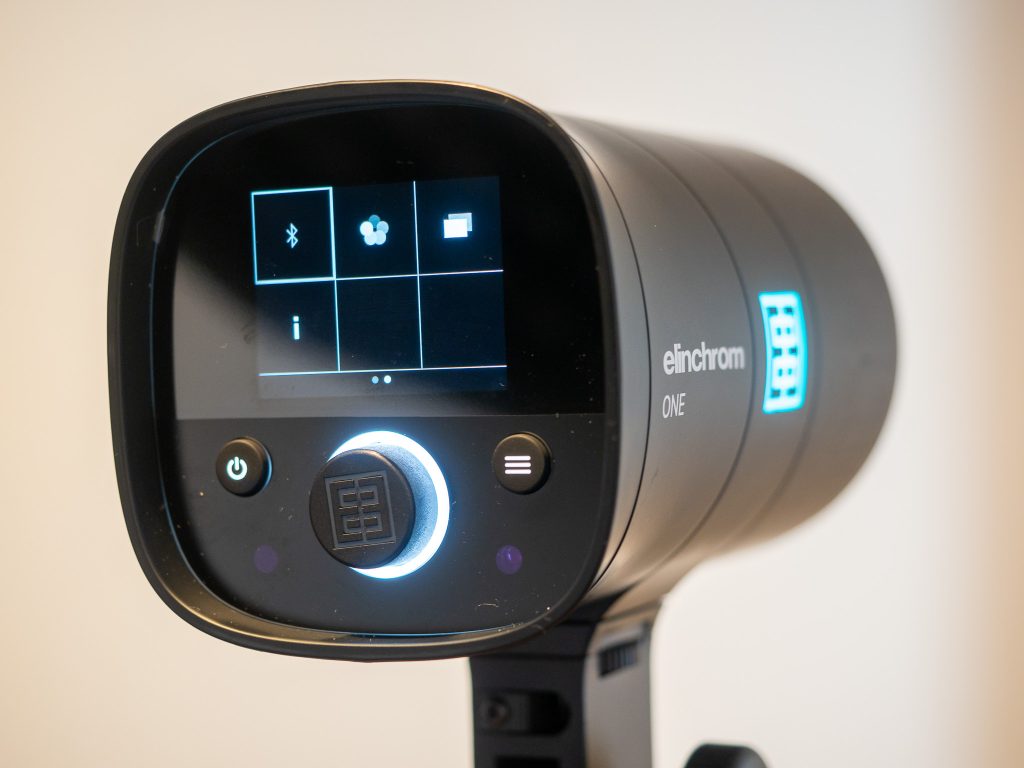
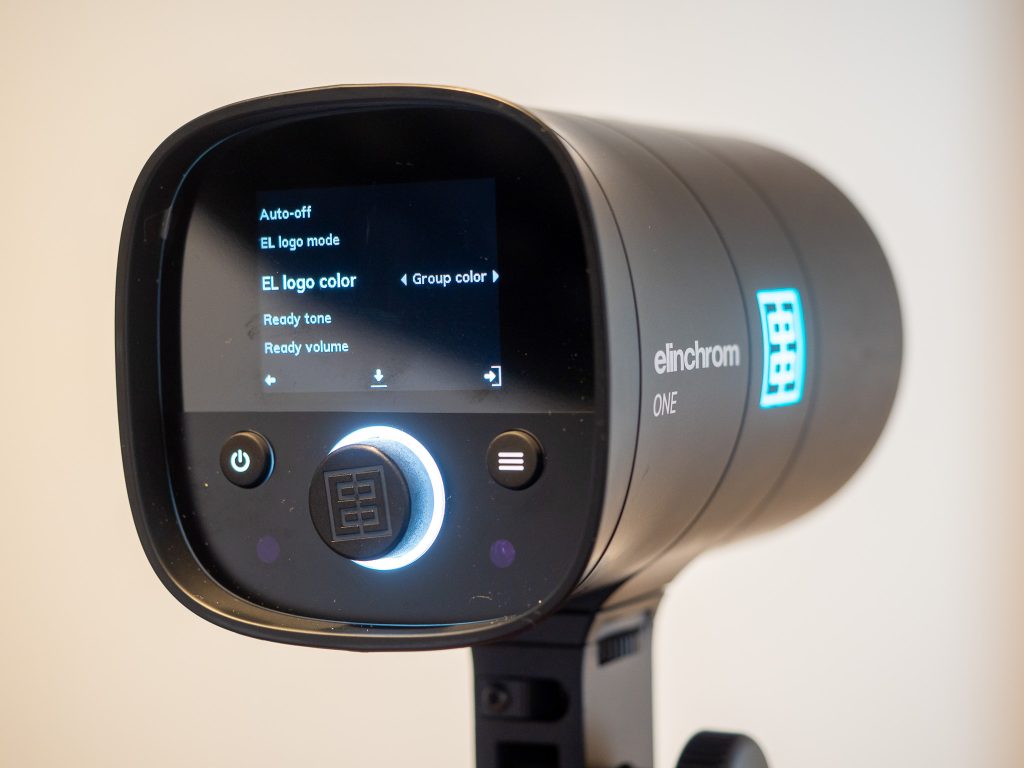
There were some really nice touches amongst the menu options too. Choosing to have the logo as the group colour made each head easily identifiable at a glance, rather than having to go and check.
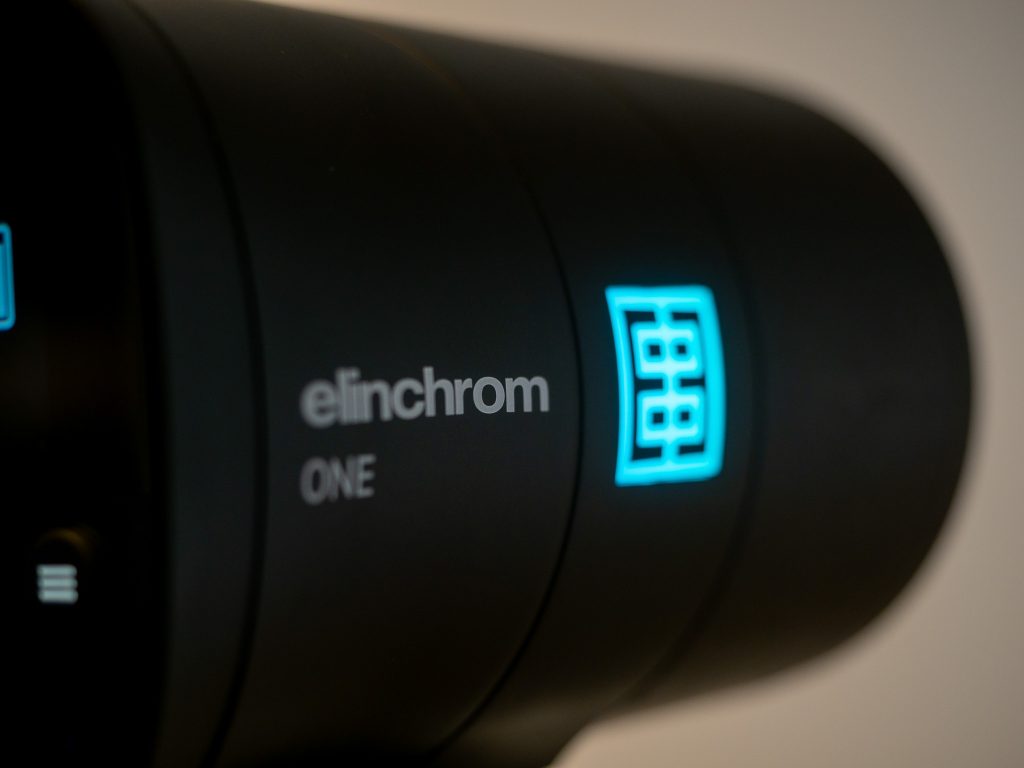
I’ve often found things such as touch screens to be quite nice to use, but they didn’t really speed up the operating of a unit. I found the Elinchrom Ones to be much quicker with the touch screen. The buttons and dial affair, with the menu, is a little reminiscent of the ELB500 interface. Rotate the dial to find your menu item, push the dial to select it, then rotate the dial to adjust the setting. Push the dial to select it, and then move on to your next setting. Easy. However, the touch screen on the Elinchrom One is a piece of cake.
Slide up or down to find your item, slide left or right to select
Done!
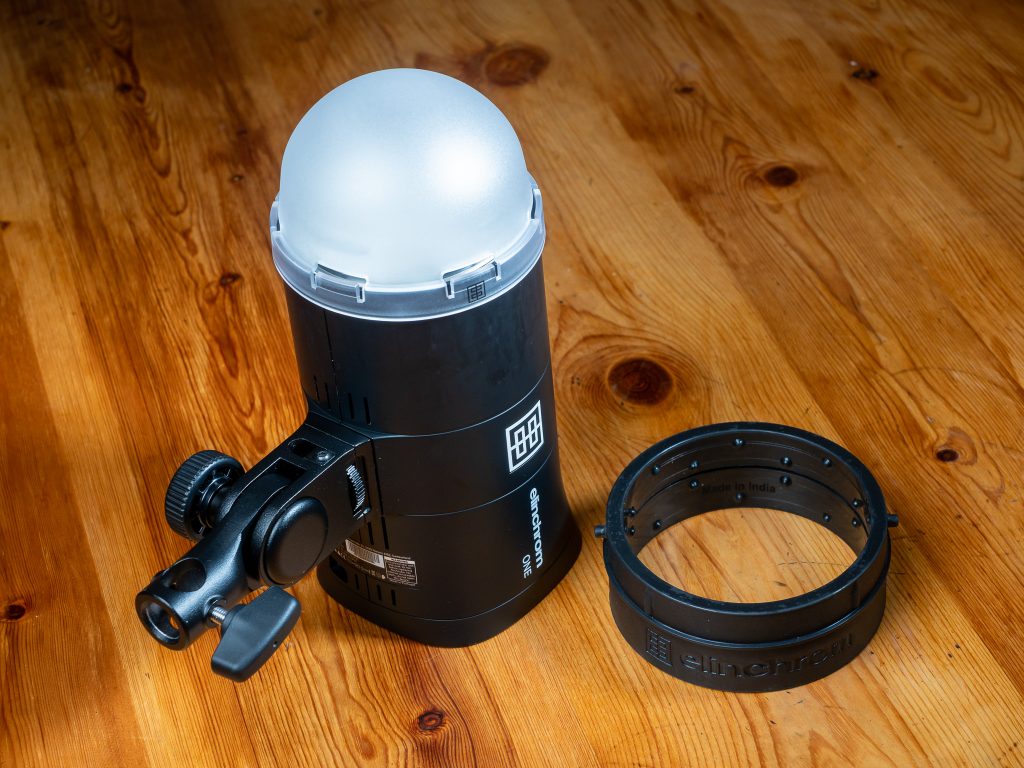
The head and the supplied adaptor. When I first handled the adaptor, I was a little concerned, as it’s a simple rubber over-sleeve, allowing the use of Elinchrom standard light modifiers.
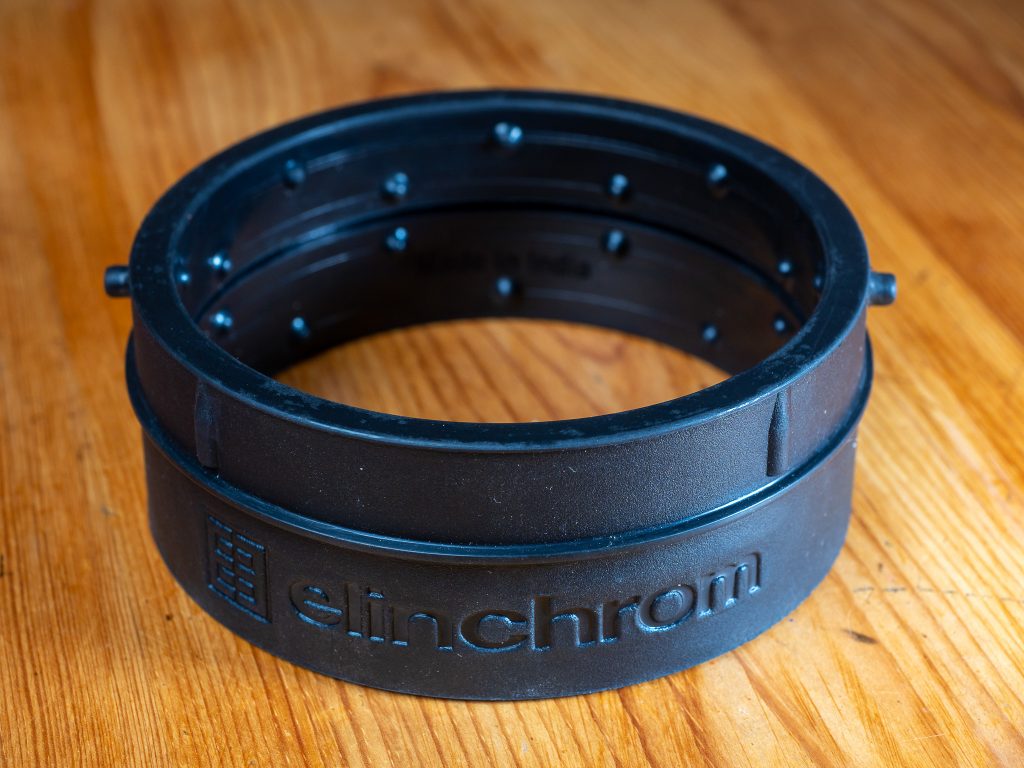
To be honest, I expected movement from the modifiers, especially where I may position a head above the subject, such as in a food shoot. I fully expected to have the adaptor ring slide forward, and drop the softbox.
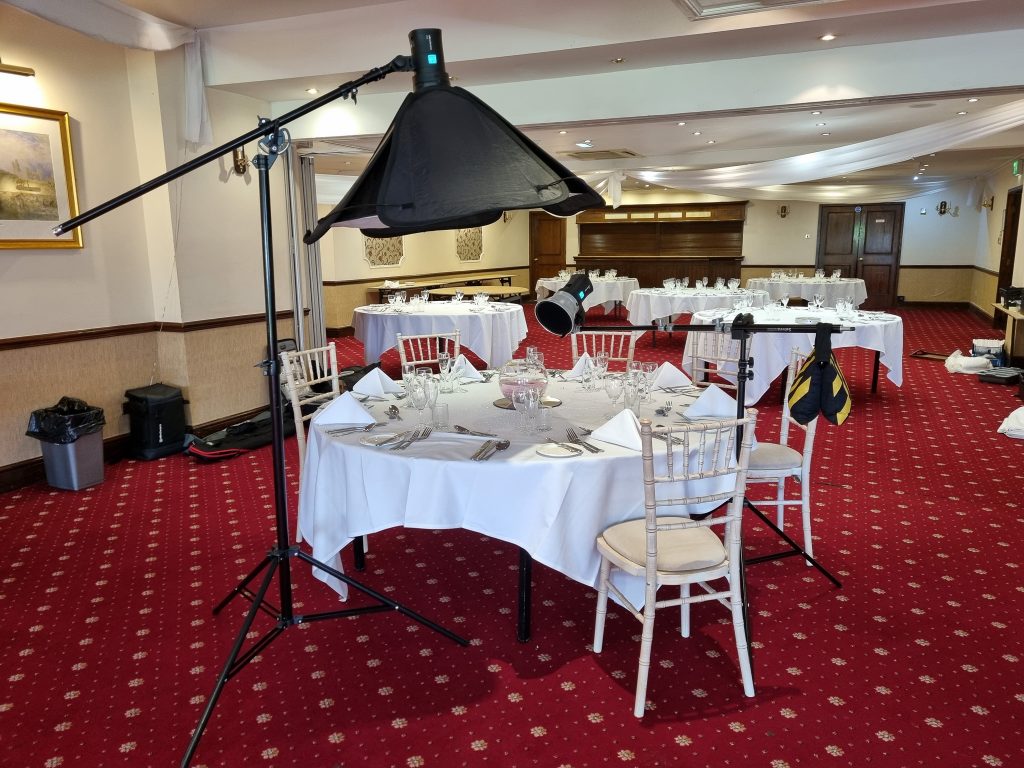
You can understand my concerns in this behind the scenes shot of the food shoot for the Lavender Hotel Group. And how much did it move during a full day shoot? Not so much as a millimetre!
To be honest, it was tight going on to the head, and then pushing the rubber of the adaptor into a mount was also a bit sweaty too. Some mounts more than others. I did worry about tearing off either of the two locating lugs, as they were simply rubber. It didn’t happen, but I suspect it’s a possibility if you don’t pay attention. There is a new OCF Elinchrom adaptor due for launch, and something to keep an eye on, as it looks extremely rugged. There is a tradeoff in size and weight though.
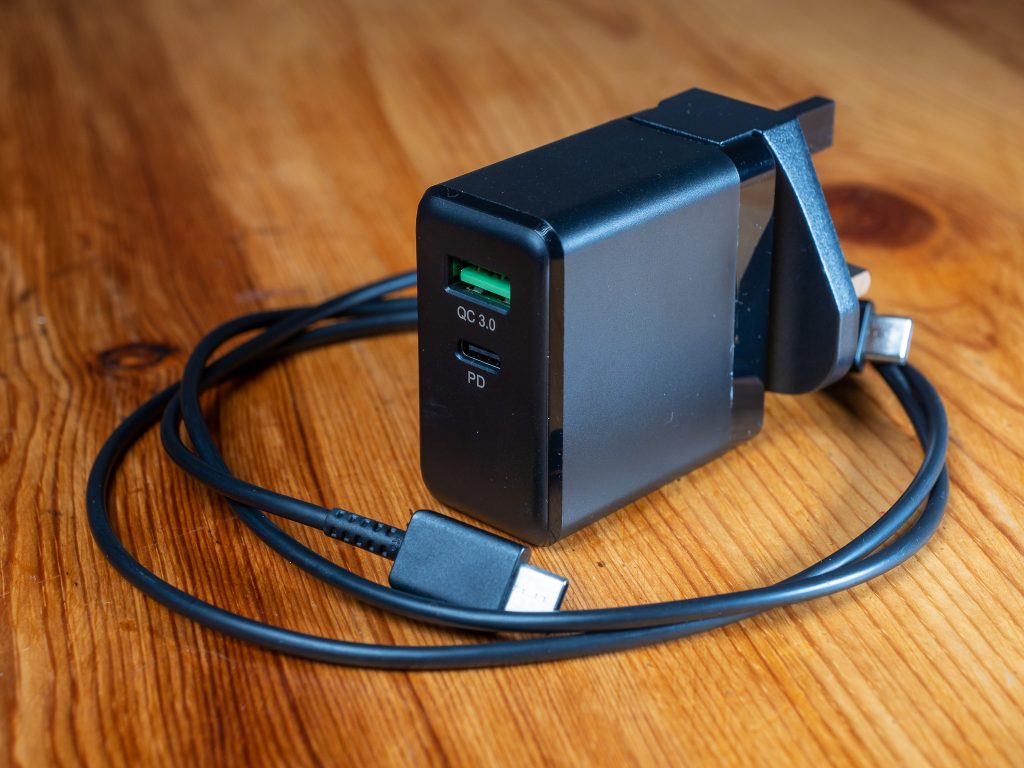
Talking of weight and size, this is the charger. Seriously, it weighs nowt! Not to mention you won’t need to take your phone charger if travelling etc. Brilliant.
Time to charge from empty? About 100 minutes, which is pretty damned good. Mind you, Elinchrom also have a battery pack available, allowing you to charge the unit out on location. Bearing in mind, you can continue using the heads as they charge.
So, if you have followed the previous blogs regarding real world usage, otherwise known as client shoots, you will know I’ve had a few surprises. One surprise in particular was the heads coping far better in sunlight, than I expected. The Lotus shoot in direct sunlight being the acid test.
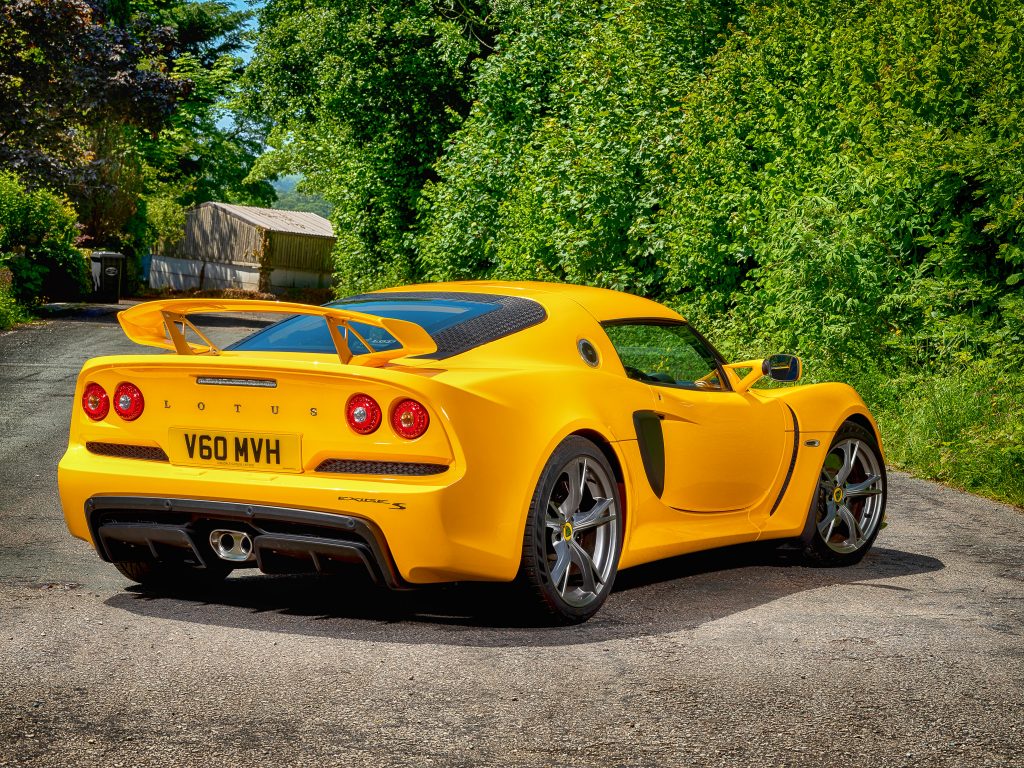
So, just how did the output perform?
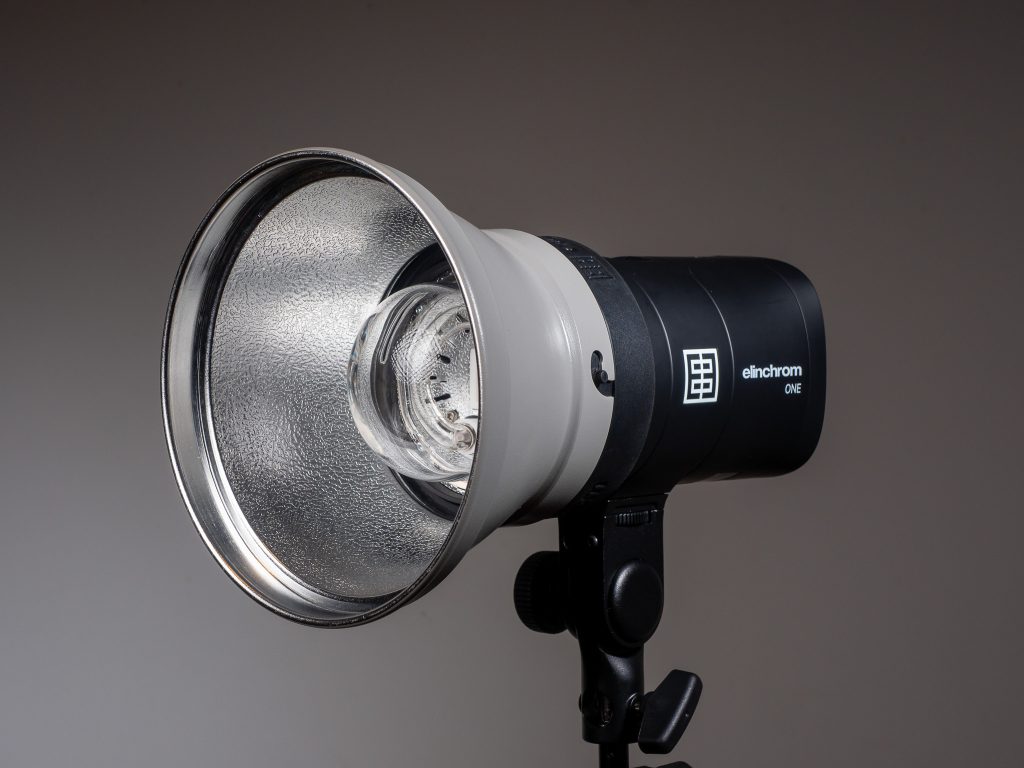
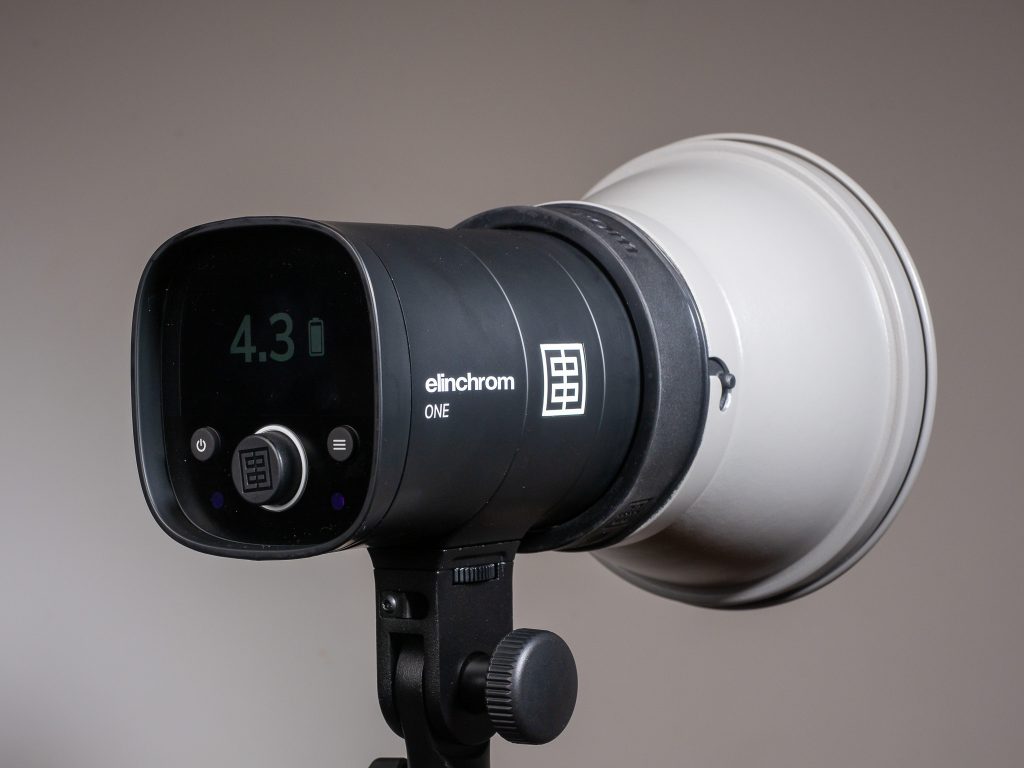
I placed the Elinchrom One on a stand, and fitted a an 18cm standard reflector to it, via the adaptor. I placed a lightmeter at a distance of 40 inches (101.6cm) from the bulb element, not the glass cover. The meter was set to ISO200 and the Elinchrom One was set to full power, 4.0 (131Ws), the meter gave me a value of f22-3.
That was a little surprising, and struck me as being particularly good, and better than I expected. And that got me thinking about the Lotus shoot, as well as the performance on the other car shoots where the heads were at a greater distance. So how would it compare against a competitor?
I have an AD200 Pro, which I’ve had excellent results from, and it makes an ideal travelling companion due to size and the power available. 200Ws is a lot to pack into something not that much bigger than a speedlight.
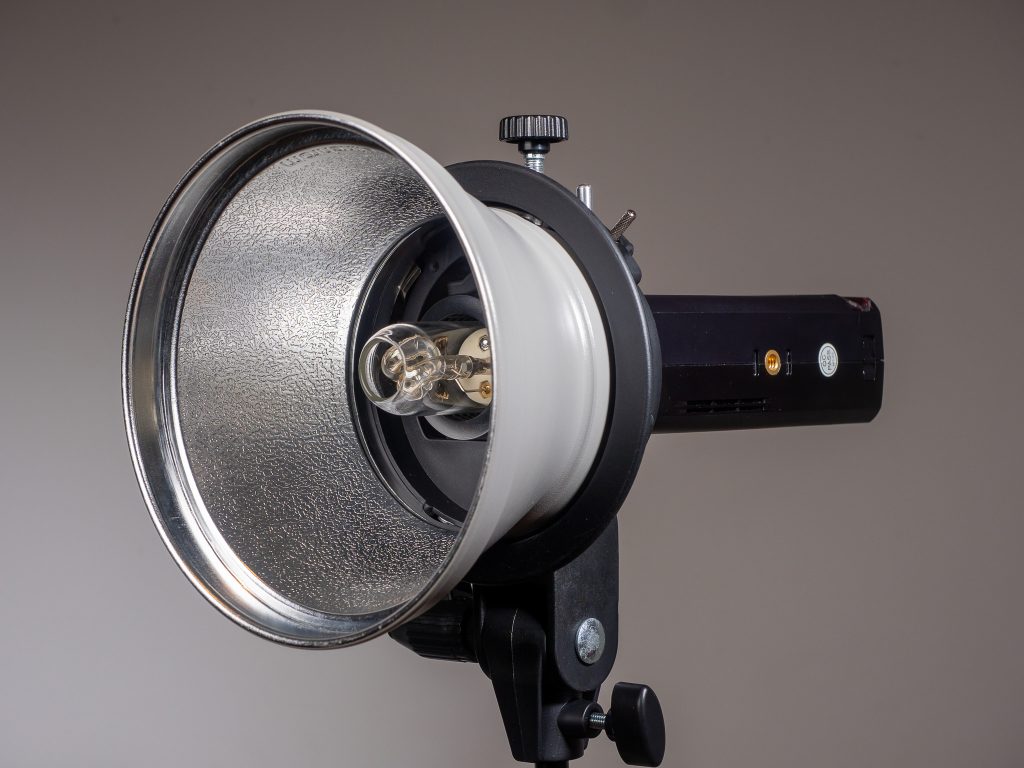
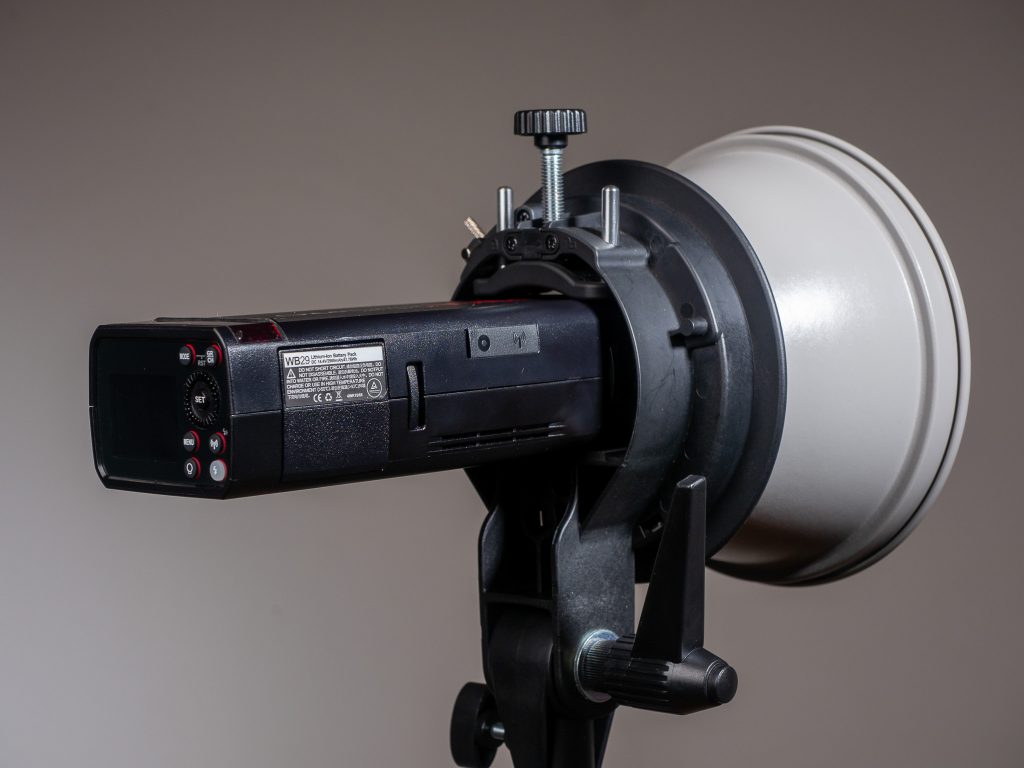
I used a Godox S adaptor Elinchrom fit, so I could use the same 18cm reflector I’d used on the Elinchrom One. The distance from the light meter to the bulb element was set to exactly the same at 40 inches (101.6cm).
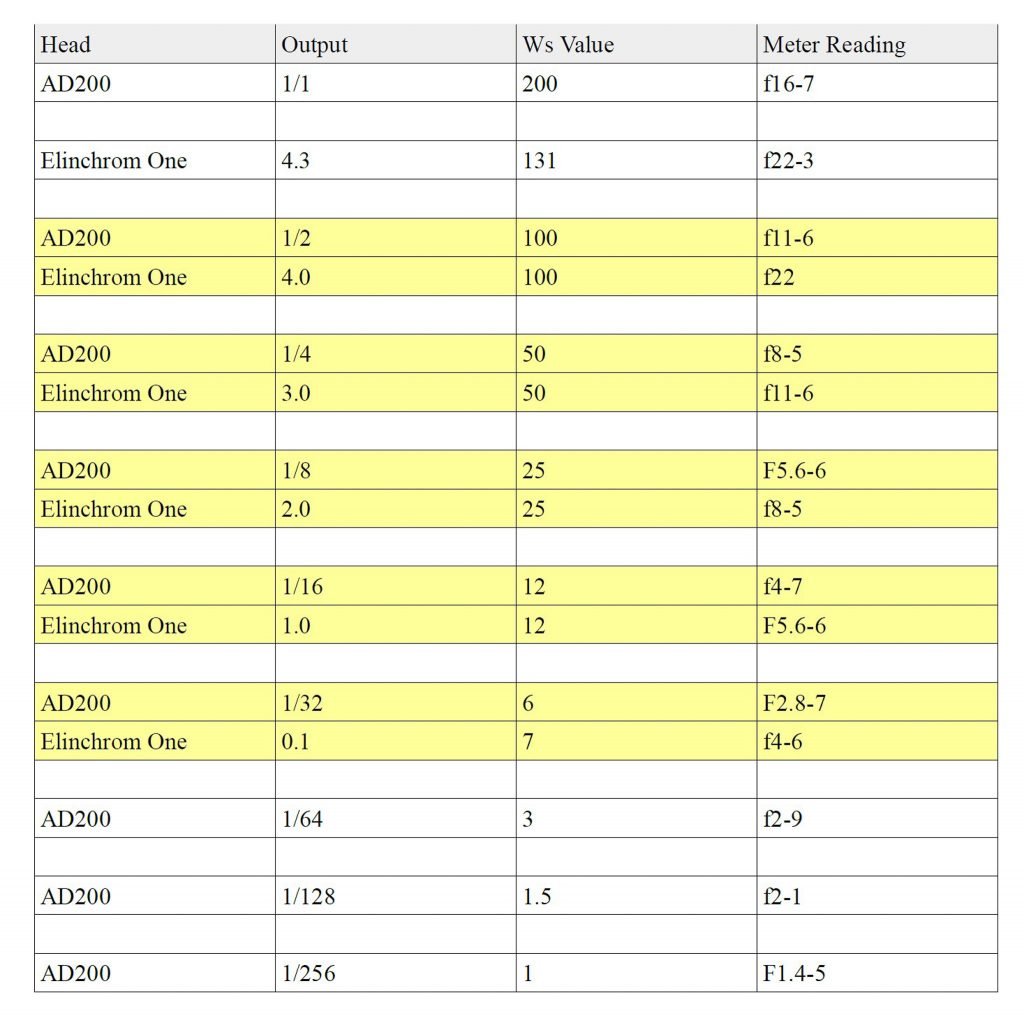
Whilst I had already seen extremely good results in bright sunlight, I had been expecting the Elinchrom One to be close to the output of the AD200 Pro. What I hadn’t foreseen, was the One would clearly outperform the AD200 Pro. I ran the light tests three times, with exactly the same results. At full power, the Elinchrom One puts out more light, even though it’s two thirds of a stop less power. And where they are matched rated output, based on Ws, the Elinchrom One is consistently a full stop brighter.
Conclusion
I had quite looked forward to playing with the Elinchrom One. The design intrigued me, although I did have some concerns regarding usability in some scenarios. I fully expected it to be great indoors with maybe mobile studio work, but a little limited outdoors.
Well, you know what they say about making assumptions. Yes, I’m an Ass!
Food shoots? I’d be more than happy with the Elinchrom Ones. A bit smaller to pack, and very easy to quickly set up the shoot on site.
Okay, let me rephrase. There hasn’t been a single shoot I’ve taken them on that I struggled for power. I may have adjusted how I’ve lit the subject (The Lotus springs to mind), but I’ve ended up with results that have exceeded my expectations. Dancers on location in bright sunlight may need a bit of creativity regarding the lighting, and I’m sure Helen will push me to find out. The size and portability are outstanding. Not to mention the fact it gives 725 full power flashes on a single charge.
The metered light test has basically stopped me thinking of the Elinchrom One as being “only” 131Ws. The value becomes meaningless when you look at the image results.
We have a destination wedding coming up shortly, and it had already prompted a couple of conversations regarding revamping the location kit, or creating a specific “light n tight” setup. We had looked a number of setups, which were all fine, to be honest. I’d got the AD200 Pro to try, because that seemed to fit our needs perfectly.
And now?
It’s all up in the air. Well, I thought it was up in the air.
Apparently we are getting a minimum of three, possibly four Elinchrom Ones.
Helen said so.
The Elinchrom Ones came from The Flash Centre.


